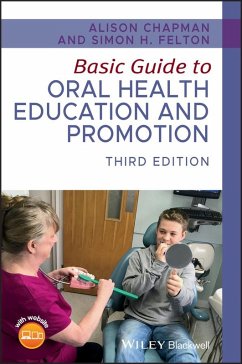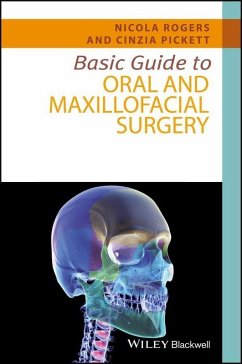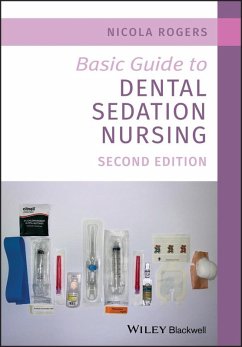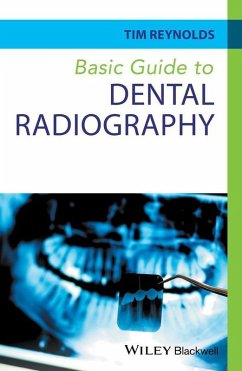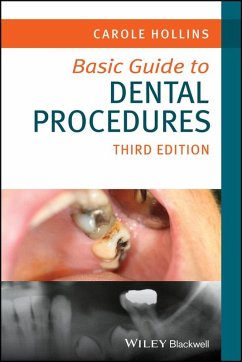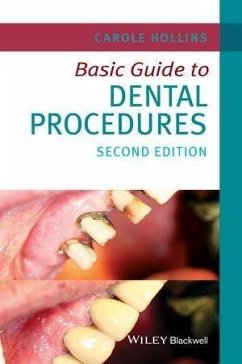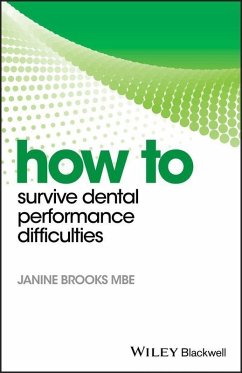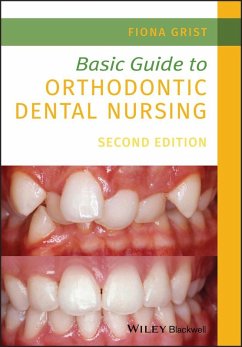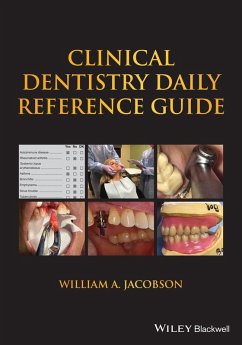
Basic Guide to Infection Prevention and Control in Dentistry (eBook, PDF)
Versandkostenfrei!
Sofort per Download lieferbar
39,99 €
inkl. MwSt.
Weitere Ausgaben:

PAYBACK Punkte
0 °P sammeln!
Basic Guide to INFECTION PREVENTION AND CONTROL IN DENTISTRY A practical step-by-step guide for all members of the dental team Thoroughly updated, this new edition ensures all members of the dental team are up to speed on the practical aspects of infection prevention and control. It provides step-by-step guidance on the safe running of a dental practice, clear and concise explanations of the key issues and concepts, an overview of the evidence base, and coverage of legal and regulatory issues about which all staff members need to be aware. With more colour photographs and illustrations than th...
Basic Guide to INFECTION PREVENTION AND CONTROL IN DENTISTRY A practical step-by-step guide for all members of the dental team Thoroughly updated, this new edition ensures all members of the dental team are up to speed on the practical aspects of infection prevention and control. It provides step-by-step guidance on the safe running of a dental practice, clear and concise explanations of the key issues and concepts, an overview of the evidence base, and coverage of legal and regulatory issues about which all staff members need to be aware. With more colour photographs and illustrations than the first edition, it also includes appendices full of useful practical and clinical information, and a companion website offering helpful instructional videos and self-assessment questions. Key topics include communicable diseases, occupational health and immunization, sharp safe working, hand hygiene, personal protective equipment, disinfection of dental instruments, surface decontamination, dental unit waterlines, clinical waste management, and pathological specimen handling. An indispensable working resource for the busy dental practice, Basic Guide to Infection Prevention and Control in Dentistry, 2nd Edition is also an excellent primer for dental students.
Dieser Download kann aus rechtlichen Gründen nur mit Rechnungsadresse in D ausgeliefert werden.




